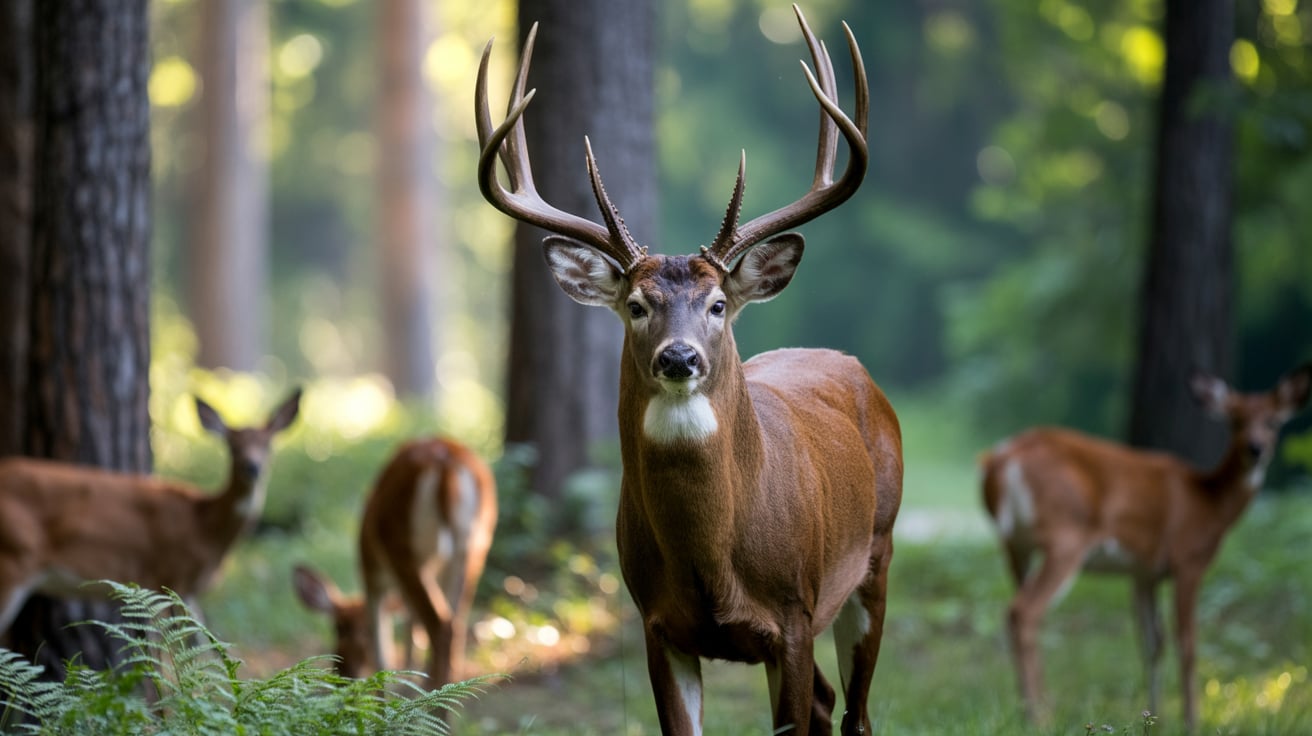Battle Creek Officials Explore Solutions for Rising Urban Deer Population
The Cereal City Buzz
Archives
Battle Creek Officials Explore Solutions for Rising Urban Deer Population
SIGN UP FOR OUR NEWSLETTER
Battle Creek Officials Explore Solutions for Rising Urban Deer Population |
City leaders consider measures to address safety and property concerns amid increasing deer encounters |
Residents of Battle Creek are increasingly encountering deer in urban areas, leading to growing concerns about safety and property damage.
Longtime resident Michael Ross has observed up to 15 deer at a time traversing his property, highlighting the prevalence of these animals in residential neighborhoods.
City Commissioner Christopher Simmons noted a rise in complaints regarding landscape destruction and safety hazards, including a recent incident where a herd caused significant damage to a resident's pool cover.
In response, the Battle Creek City Commission invited Randy Hines, a wildlife biologist with the Michigan Department of Natural Resources (DNR), to provide insights into the urban deer population.
Hines explained that urban deer populations can grow rapidly due to high reproductive and survival rates, often reaching a biological carrying capacity where resources become limited.
To manage the population, Hines suggested several strategies:
Exclusion Methods: Implementing physical barriers to prevent deer from accessing certain areas.
Plant Selection: Cultivating plants that are less appealing to deer to deter them from residential properties.
Controlled Hunting: Organizing regulated hunting or sharpshooting programs to reduce deer numbers.
Hines emphasized that trapping and relocating deer is not a viable option due to the stress it causes the animals and the associated costs and time.
Community opinions on intervention are divided. While Ross enjoys observing the deer, he acknowledges the need for management measures. Conversely, resident Linda Pascoe appreciates the presence of deer and is hesitant about their removal.
Commissioner Simmons stressed the importance of addressing the issue to protect community interests, citing concerns over property damage, safety, and health.
As Battle Creek deliberates on the best course of action, other Michigan communities have implemented similar measures. For instance, Farmington Hills approved deer culls to begin in 2026, aiming to manage their urban deer population effectively.
Additionally, Big Rapids contracted with the USDA Wildlife Services to conduct deer culls in early 2024, targeting the removal of up to 75 deer to address overpopulation concerns.
These examples provide potential models for Battle Creek as it seeks to balance the coexistence of urban wildlife with the safety and well-being of its residents. |

